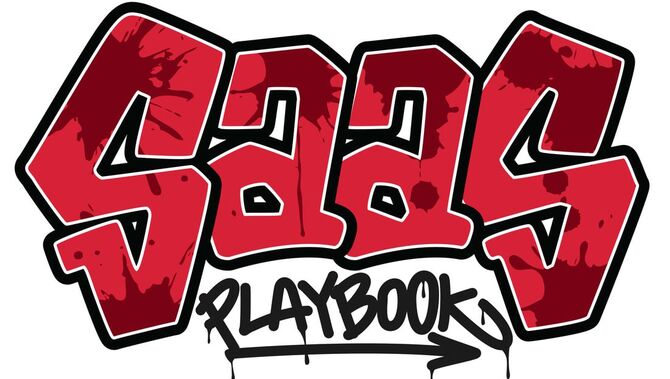|
I’m a venture capital investor attempting to moonlight on nights and weekends as an entrepreneur. It has been a challenging, humbling, rollercoaster experience and I wanted to share the experience with others. If for no other reason then so all of the entrepreneurs I work with can have a good laugh at my expense. You’re welcome.
So here it goes: Five painful learning experiences of this past week. Lesson #1: You cannot predict how website visitors will navigate your website.
So there you have it folks. Hope you all enjoyed the struggles of a VC trying to moonlight as an entrepreneur. Trust me, I’m better at my day job. The Indiegogo launch date for Silicon Heroes is 16 days away so I’m sure this week is going to have even more setbacks, struggles and challenges. Thank goodness I have a supportive wife and really good friends. Comments are closed.
|
Sign Up to Receive Posts via Email
All
|


